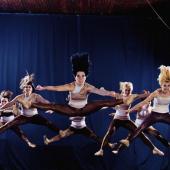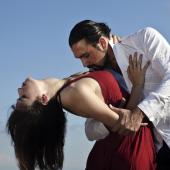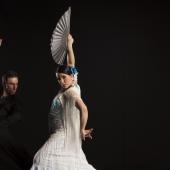Historical Dance Art
Historical dance is the generic term for the European dance art from the 15th to 19th century. The dances include the periods of Renaissance, Baroque and Rococo. In the 20th century one then has begun to redance the dances according to written traditional evidences. Nowadays, e.g. many events are offered at theaters that lead back into the exciting historical time.
Renaissance
Renaissance is the first era, out of which reconstructed dances emerged. The highest number of evidences is from Italy, from the late 14th to the early 17th century. At that time there were two different types of dances: The slow Basse Danse dances and the faster Balli dances. A good measure of time, memory power with regards to the richly varied steps and good manners were prerequisites for these dance styles. Furthermore an invitation to dance, for example 300 years ago, was a regimented ceremonial. The contrast to contemporary dance is big. The motions mainly take place in the legs, while the upper body remains rather rigid.
Baroque and Rococo
The first notation of Baroque and Rococo were developed at the time of Louis XIV at the Academie Royale you Danse. Main features can be found today in defined steps in classical ballet. But there are also significant differences to nowadays ballet. So today the legs are rotated further outwards compared to the early Baroque time. While many steps bear the same name, they are implemented differently. The queen of the dances of the Baroque and the Rococo is the minuet, which is danced in the form of a Z. Here, the men and women dance the Z from opposite directions. The minuet was the favorite dance in the 18th century and even today takes the first hour of a "ball-event". Besides the Baroque and Rococo dances from France and Germany, in England "Country Dances" gained acceptance. With them in general it was referred to the fact that the dances evolved from England. Broadly speaking on could claim that learning dance in the period of Baroque also meant to learn to move in society. The Baroque dance technique also influenced the way in which a person goes and stands in the Baroque period.




